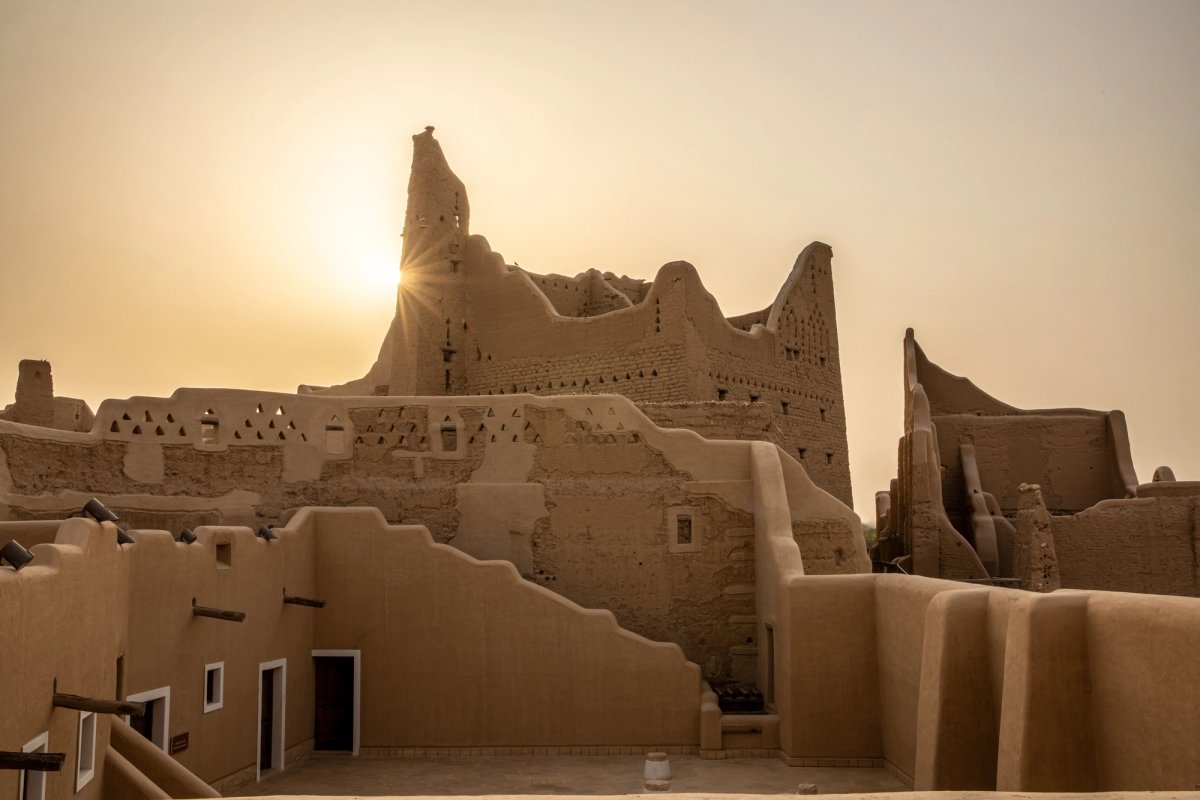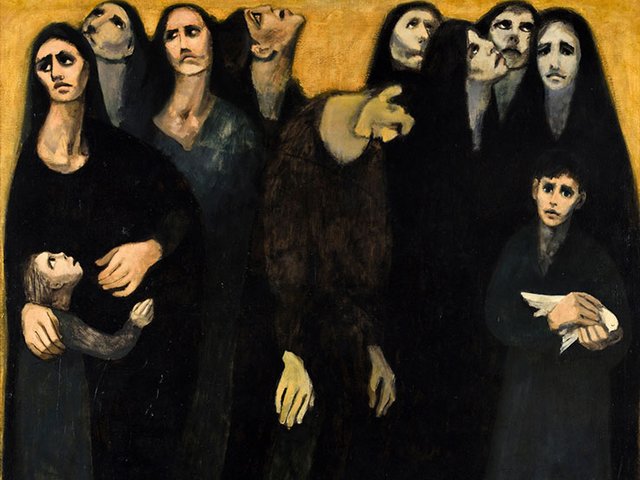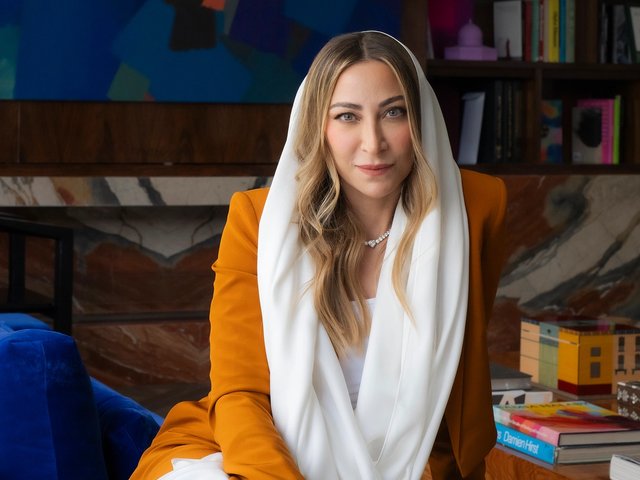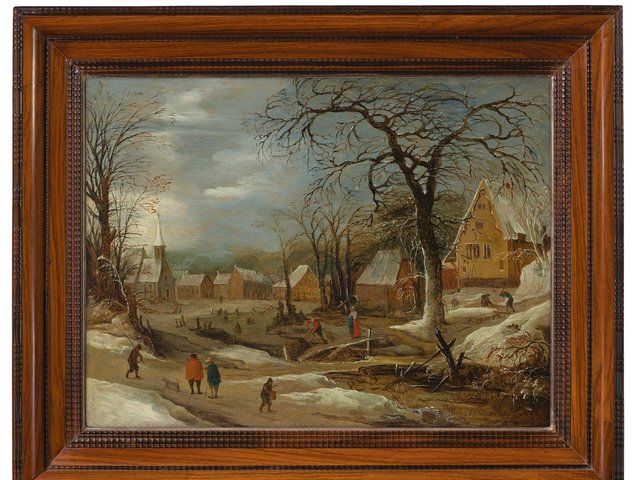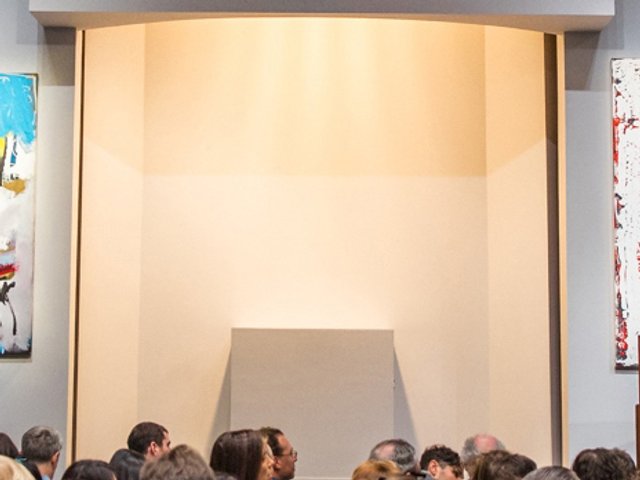Saudi Arabia is fast becoming a focus for the art trade. Sotheby’s today announced it is launching an office and auctions in the Gulf country, where the market for art and luxury has grown exponentially in recent years.
The first sale—Saudi Arabia’s very first commercial auction—will take place in the historic town of Diriyah in February 2025, spanning regional and international Modern and contemporary art as well as handbags, cars and sports memorabilia.
The news follows Christie’s announcement in September that it has been granted a licence to operate in Saudi Arabia, though the auction house has not yet confirmed when sales will begin. In 2017, Christie’s sold Salvator Mundi, attributed to Leonardo da Vinci, to Saudi Crown Prince Mohammaed bin Salman for $450m, the highest-ever price paid for a work of art at auction.
Sotheby’s, which held its first exhibition in Saudi Arabia in 2013, is aiming to tap into the country’s growing wealthy youth population. Those under 30 make up around two thirds of the population. The firm reports that last year almost 50% of bidders from Saudi were under the age of 40. “Looking at the metrics, it is clear that Saudi is a market that is developing apace, with a young demographic, growing collector base and expanding art community,” says Ashkan Baghestani, Sotheby’s head of sale for fine art. He notes that between 2019 and 2023, Saudi buyers have leapt by 74% and bidders by 125%.
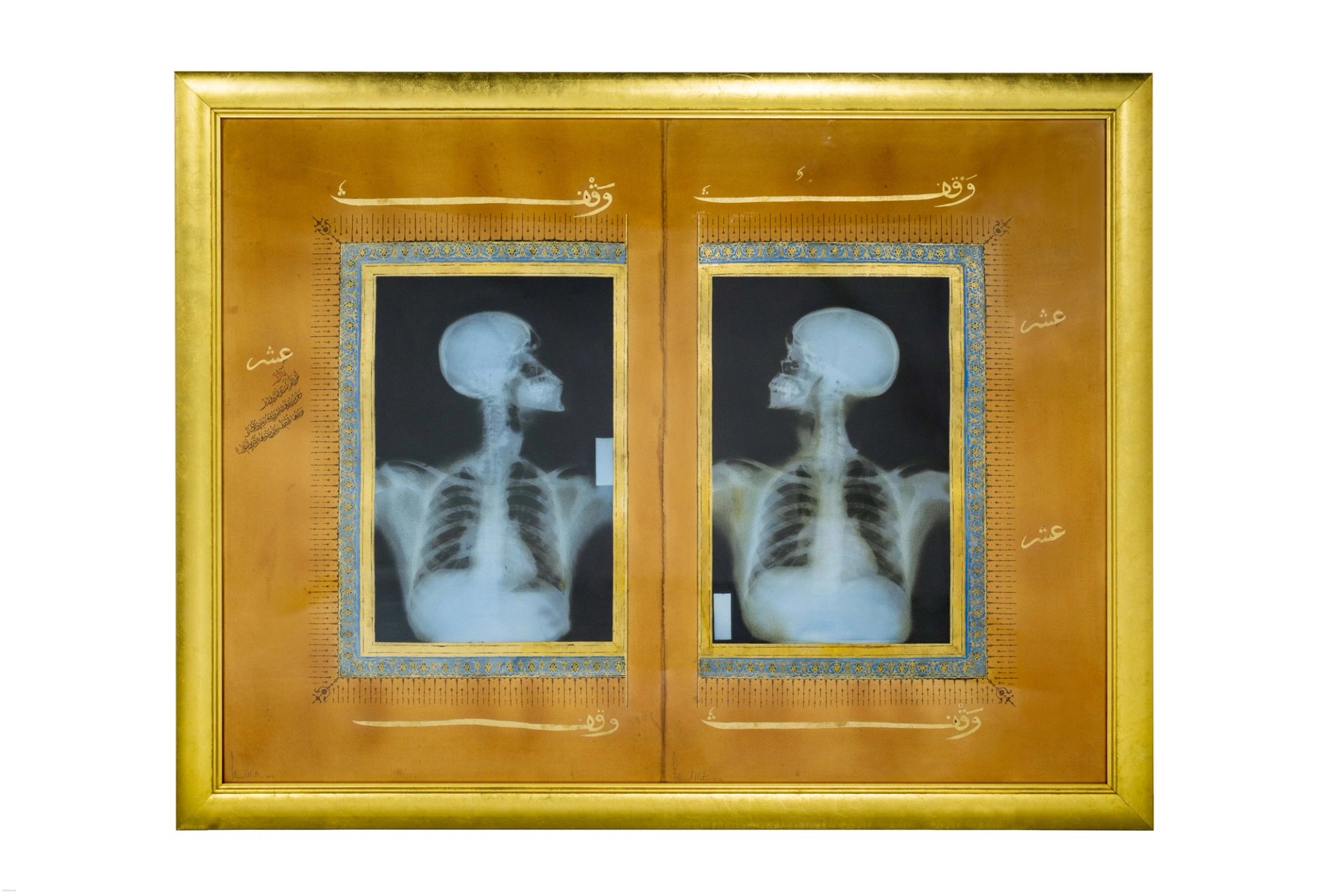
One of the works that will be offered in the auction is Ahmed Mater's Untitled (Diptych from The Illumination Series, 2012)
Courtesy Sotheby's
Sotheby’s chief executive Charles F. Stewart says the launch reflects the auction house’s support for the country’s burgeoning cultural scene, which “will empower the large youth demographic of Saudi”. In 2022, Sotheby’s supported the country’s first Contemporary Art Biennale, while in January 2023, it was an official partner of the inaugural Islamic Arts Biennale in Jeddah. Baghestani notes how these exhibitions are beginning to shape collecting habits with buyers branching out from traditional categories such as Islamic and Orientalist art, to Modern and contemporary art.
Luxury remains the key driver for the Saudi market, however. “As it stands, the majority of Saudi consignments focus on luxury, and in terms of spend and number of bidders, watches and jewellery are the leading categories,” says Vincent Brasesco, Sotheby’s head of sale for luxury.
The cultural scene may be blossoming in Saudi Arabia, but the country has come under fire from artists and other cultural workers for its human rights record. In 2018, the journalist Jamal Khashoggi was assassinated by agents of the Saudi government at the Saudi consulate in Istanbul, sparking fears over freedom of expression within the country. A spokesperson for Sotheby’s notes how Saudia Arabia has “undergone a sustained period of unprecedented and positive change” over the past decade, which the firm sees as “the product of the Kingdom’s desire to engage with the international community”. They add: “We are keen to play our part in encouraging dialogue between countries and regions, bringing together artists, museum curators and experts from across the globe. Already, Saudi Arabia’s cultural sector has collaborated with some of the most respected international institutions and artists. Few countries have done more to promote material change in recent years than Saudi Arabia and we are very encouraged by the momentum established.”
As for the next decade, Edward Gibbs, the chairman of Sotheby’s Middle East and India, says there is much to explore in Saudi. “It is a phase we are entering with great optimism and ambition. Taking into account the broader context of Vision 2030, the museum building projects, and the size of the population, there is a lot that can be built on over the next decade,” he says. “With a base on the ground in Riyadh, we look forward to building on existing relationships, reinforcing the level of service we offer, while bringing a greater level of choice to our collector clients in the Kingdom.”
Having operated in Dubai for decades, and with the recent completion of a $1bn investment from the Abu Dhabi-based investment and holding company ADQ—which is now a minority shareholder in the auction house—Sotheby’s sights appear to be clearly set on the Middle East.


